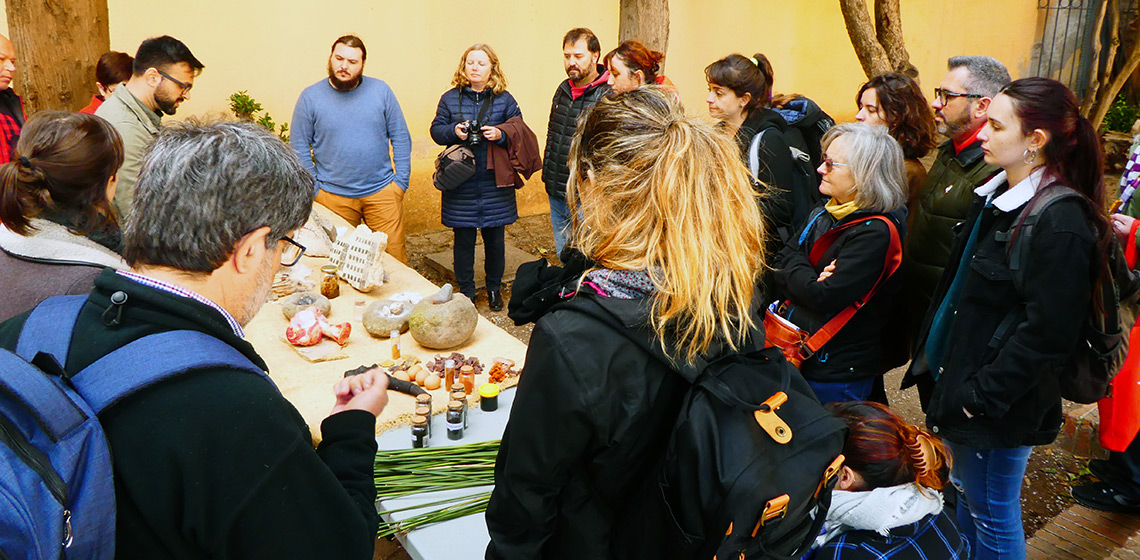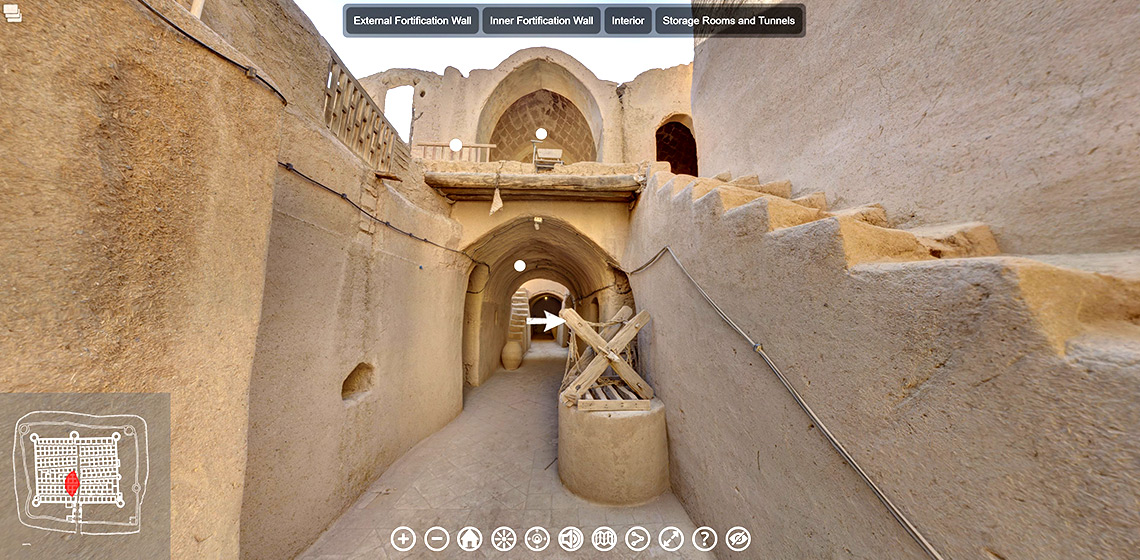Interpretation & Education
Visitors should enjoy and understand the museum they visit. Effective interpretation allows each visitor to personally connect with a resource or place and to care about the museums on their own terms. Interpretation is about getting the story across to the public. This can take place in text and images (text panels near showcases, guidebooks, websites, apps or movies), but can also be done by guide persons and is then called Live Interpretation: “any live interaction between museum / site staff and visitors” (Imtal-Europe).
Live Interpretation is an important method of presenting. It includes any interpretation, using living people to address the audience. One can simply start with guided tours, workshops and semi-formal School programs. If we move on to living history-type activities, we get demonstrations of historical craft, storytelling and costumed first- and third-person interpretation.
Check our Themed Collections:
Adult Education
Teaching Children









